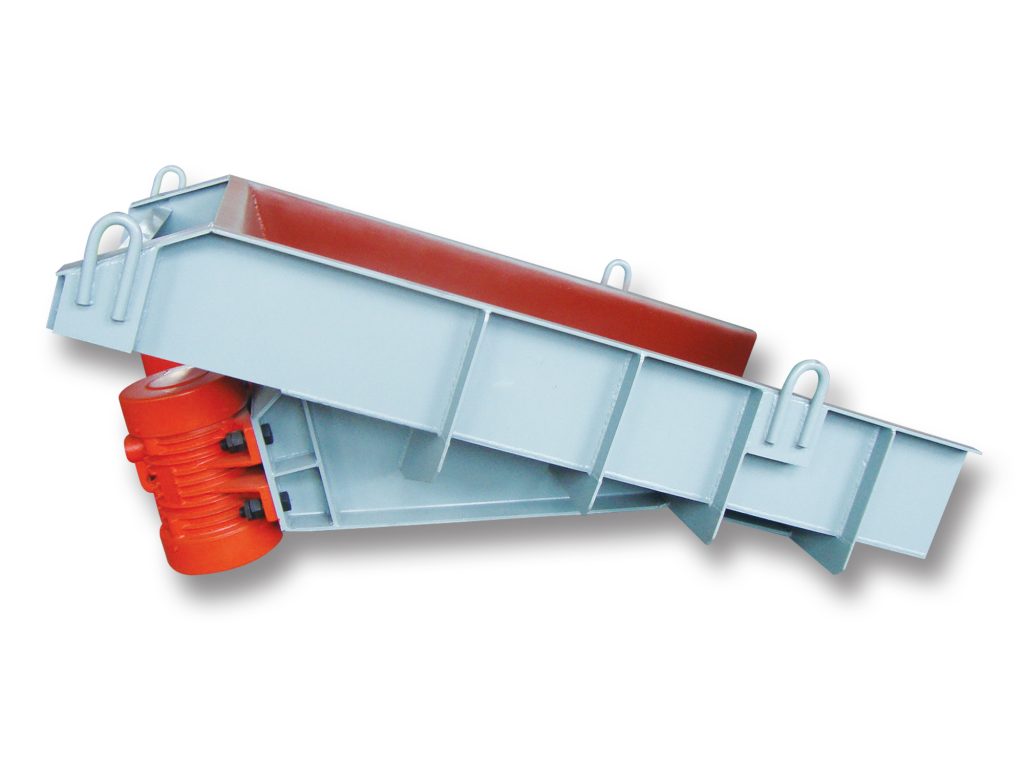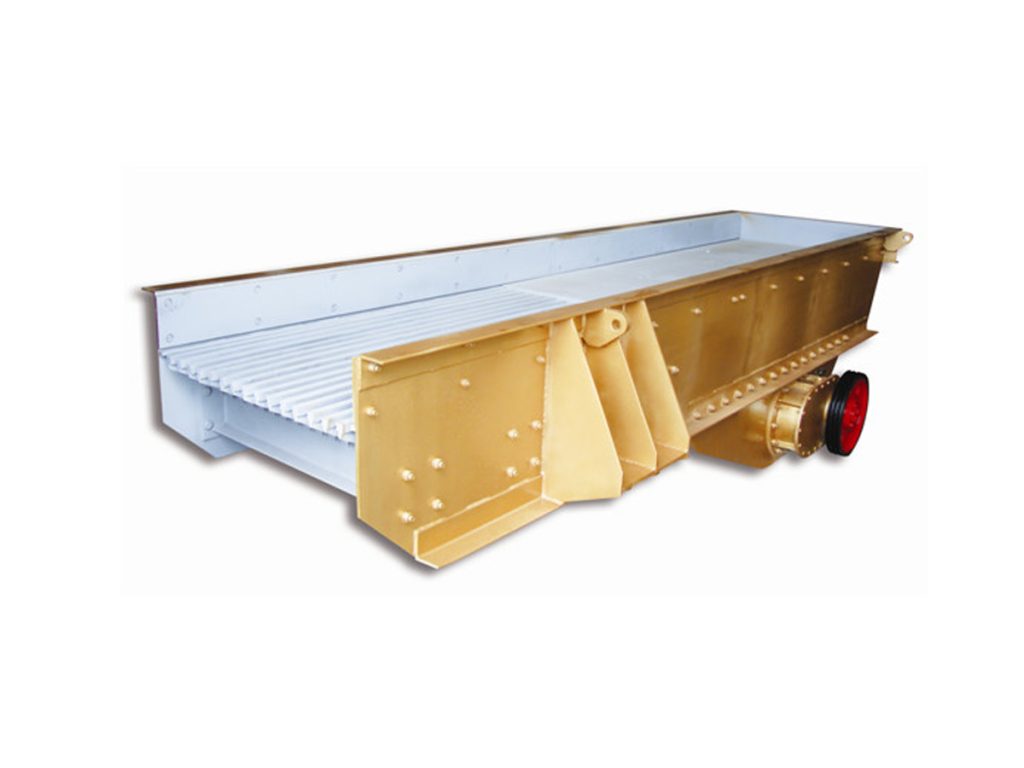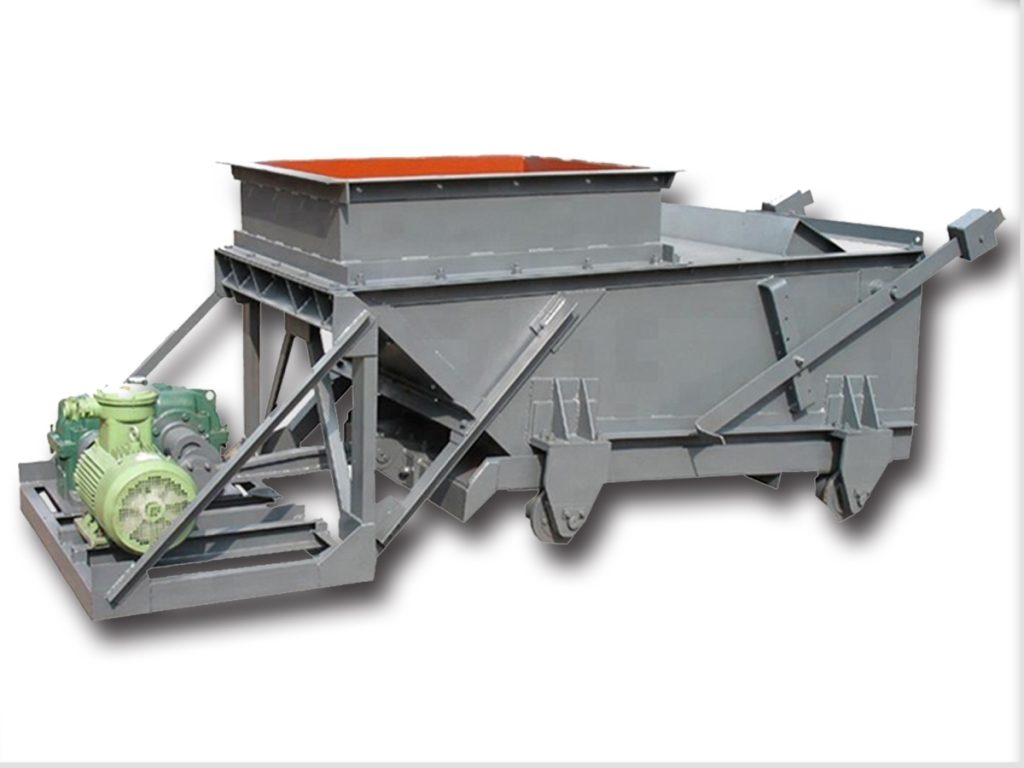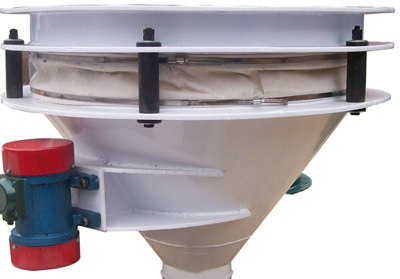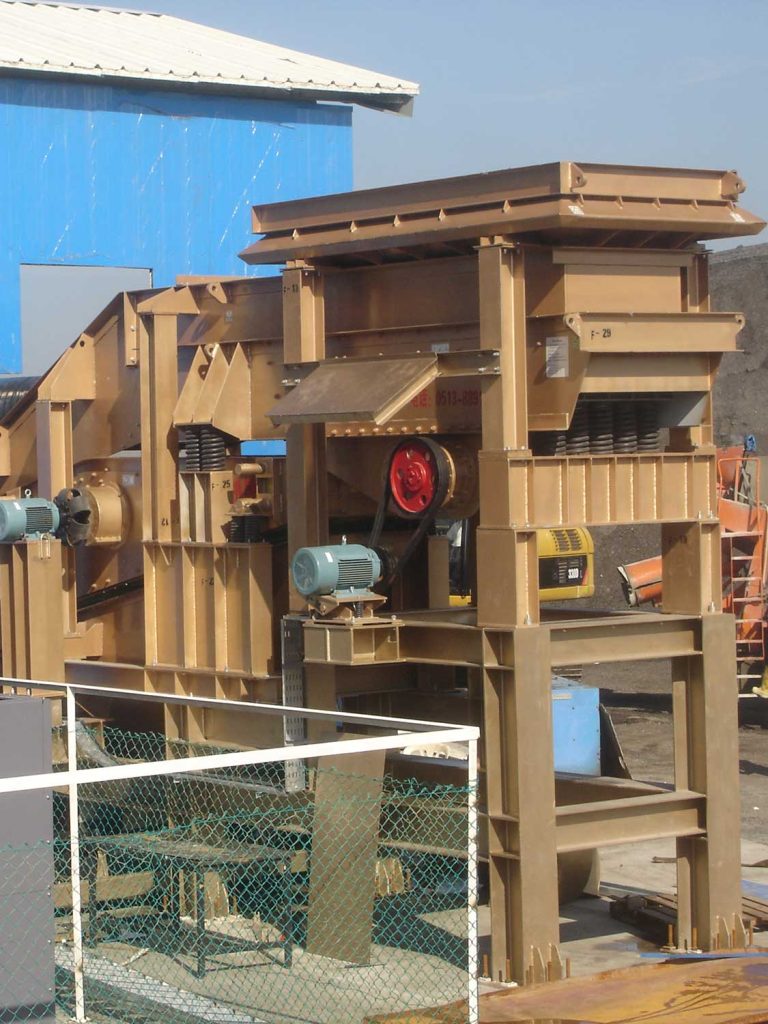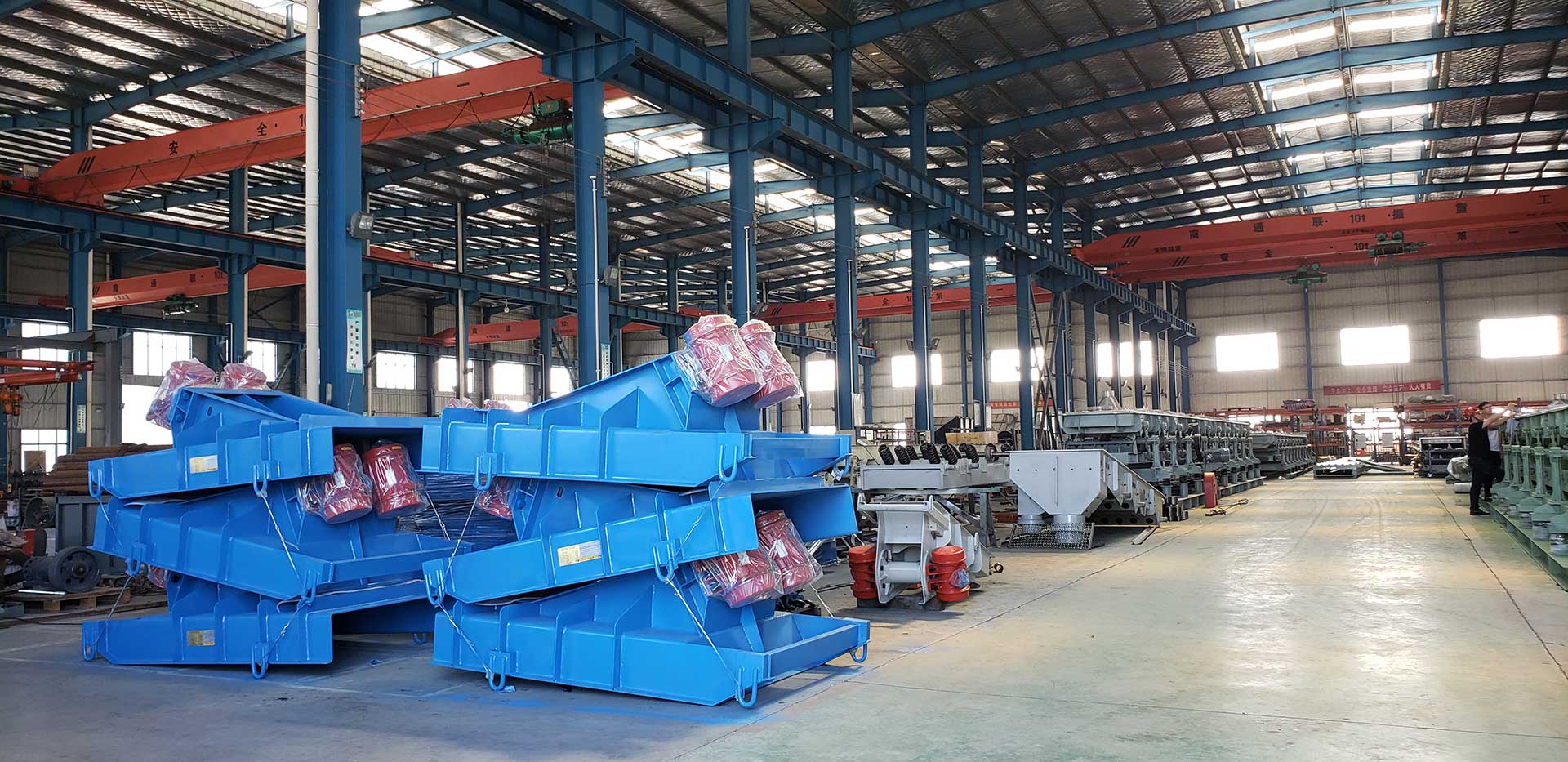
Vibratory feeder manufacturers
vibratory feeder
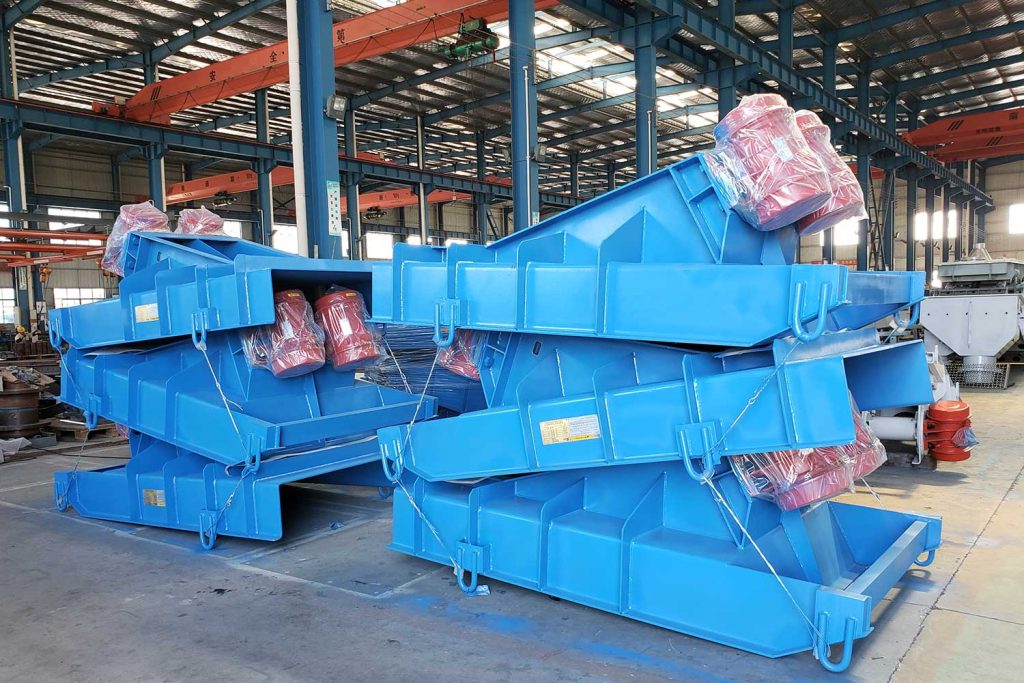
What is a vibratory feeder?
A Vibratory Feeder is vibrating equipment that uses vibration to feed material through a process or a machine while controlling the rate of flow. The Vibratory Feeder can feed the block and granular materials uniformly, regularly, and continuously from the storage bin to the receiving device. Vibratory feeders use both vibration and gravity to move material. Gravity is used to determine the direction, either down, or down and to a side, and then vibration is used to move the material. They are mainly used to transport a large number of smaller objects.
The Vibrating feeder in the gravel production line can continuously and evenly feed the crushing machine and coarsely screen the materials. The Vibrating feeder is widely used in the crushing of metallurgy, coal mining, mineral processing, building materials, chemical industry, abrasives, and other industries. Screening in the joint equipment.
Vibrating Feeder
- Small volume
- Light weight
- Simple structure
- Easy installation and maintenance
- Large quantificationally
- High efficiency
- Low noise
- Power saving
- Strong adaptability and steady operation for various material
- Can be adjusted to the shoes, etc
vibrating grizzly screen
The Vibrating Grizzly Screen(also named Grizzly Feeder, Grizzly Screen ) is used for the uniform feeding of bulk materials in front of the coarsely crushing machine. At the same time, due to the function of the bar screen surface, it can also remove finely crushed materials such as soil, achieve pre-screening function, and improve the coarse crushing capacity. Especially suitable for the hydropower industry, construction stone, metal ore, and other materials before coarse crushing.
Reciprocating Vibratory Feeder
- The feeding amount can be conveniently adjusted at any time.
- Simple structure and reliable performance.
- Matching power and operating cost are both low.
- Designed with no quick-wearing parts makes equipment maintenance quite convenient.
- Occupies little space and requires just 1/5 the investment of a medium plate mill.
Bin Activator
- Modular design for a variety of series and models
- A reliable equipment for material discharging from various kinds of bins to prevent “bridge”
- Reinforced vibrating cone enables smooth material flow
- Sulfurization treatment applies to rubber cushion for vibro support rod
- Extended discharge funnel to reduce the weight applied to the sealing ring
- Quality anti-aging rubber seals
- Unique designed seal clamp for reliable operation
- Laser cutting applies to sheet metal components for quality and accuracy
- Carbon dioxide gas shielded welding workmanship
- CNC machining centers ensure precise fabrication
- Powder-coated parts and components for best quality and duration
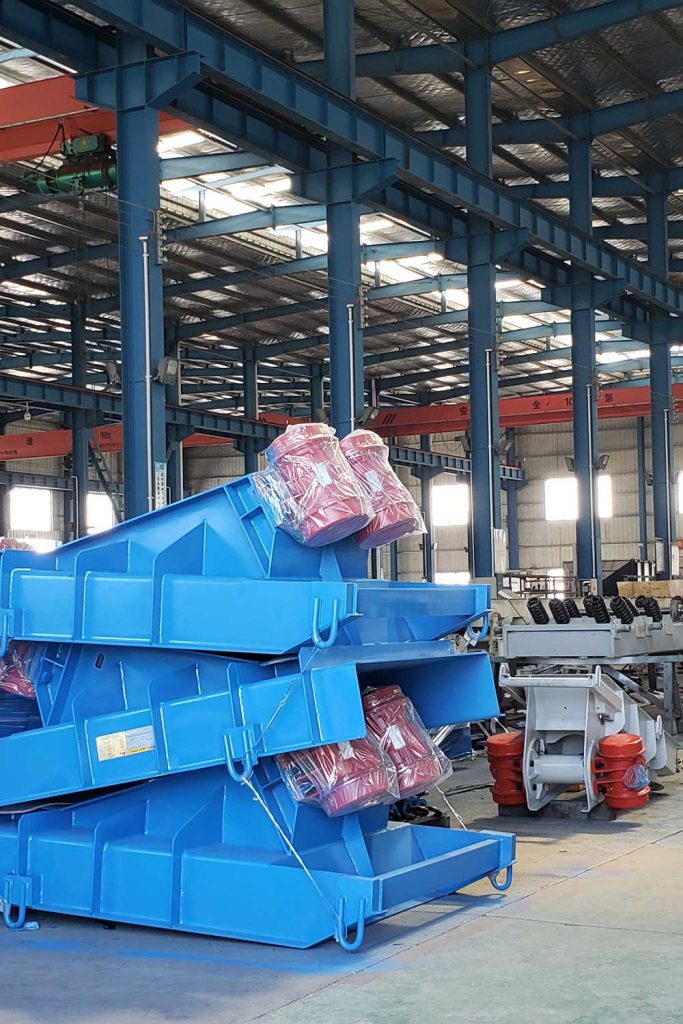
Structure of Vibrating Feeder
Generally, it consists of a vibration frame, a vibrating body, a vibration motor, a vibration exciter, a spring (the spring is divided into an excitation spring and a support spring).
Resonant
The resonator is connected to the exciter via an excitation spring, and the excitation force generated by the exciter drives the approximate harmonic vibration of the natural frequency. Its mass is an important parameter in the vibration system, and the resonator must have sufficient stiffness and strength.
Activation cone
The activation cone is a wedge-shaped discharge plate with the small head up and fixed on the resonator. Due to the exciting force generated by the vibration exciter, the activation cone approximates the harmonic vibration in the vibration direction together with the resonator. . The upward force is generated by the activation cone, and the horizontal vibration is efficiently transmitted to the top material, and the disturbing energy generated by the vibration force loosens the animal material to make it fall.
Elastic component
The elastic component mainly includes an excitation spring and a support spring (also called an isolation spring). The excitation spring is the main component that transmits the exciting force. The supporting spring mainly supports the vibrating body, so that the body can achieve the required vibration and reduce the dynamic load transmitted to the foundation or the frame.
Exciter
The vibration source of the vibrating feeder is used to generate a cyclically varying exciting force to cause continuous vibration of the resonant body.
The vibration exciter is a key component of the vibrating feeder. The magnitude of the excitation force directly affects the amplitude of the resonator. The alternating frequency is the operating frequency of the vibrating feeder.
Commonly used vibration exciters include inertial exciters, elastic link exciters, electromagnetic exciters, hydraulic or pneumatic exciters, and cam exciters.
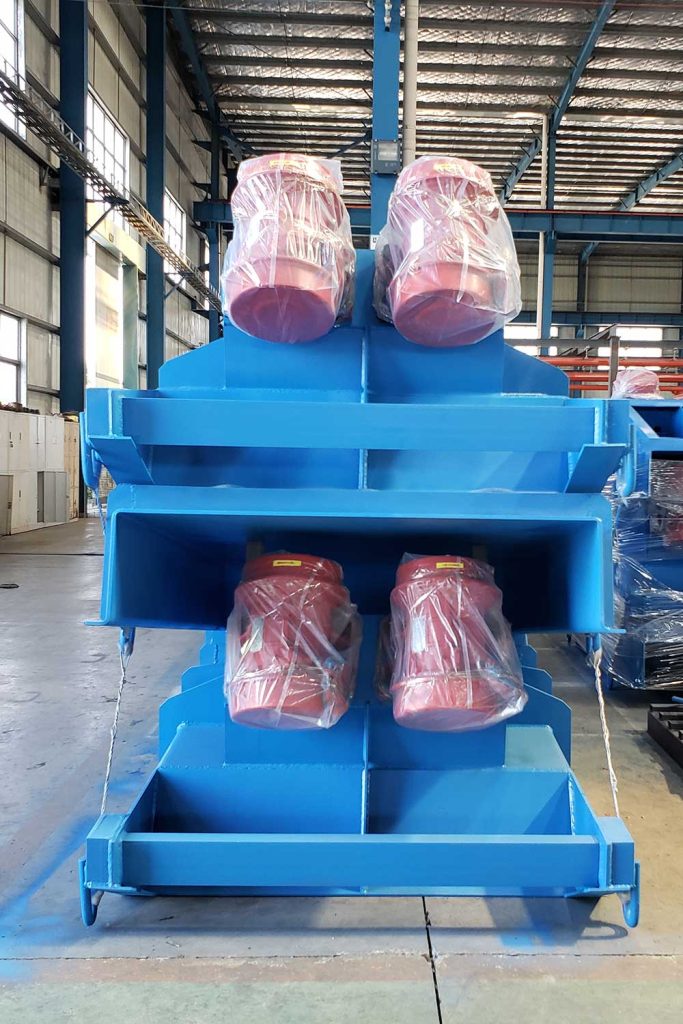
Work Principle of Vibrating Feeder
Vibratory Feeder uses the eccentric mass in the vibrator to generate centrifugal force, so that the moving part of the sieve box, the vibrator and the like are forced to be continuous circular or approximately circular motion.
The vibrating feeder is composed of a feeding trough body, a vibration exciter, a spring bearing, a transmission device and the like. The vibration source of the tank vibration feeding is the vibration exciter. The vibration exciter is composed of two eccentric shafts (main and passive) and a gear pair. The motor drives the driving shaft through the V-belt, and the gear on the driving shaft meshes with the passive shaft. Rotating, the main and passive shafts rotate at the same time, so that the tank body vibrates, so that the material continuously flows to achieve the purpose of conveying materials.
Application
Vibrating feeders are used to handling bulk materials across all industries, including the pharmaceutical, automotive, electronic, cosmetic, food, and packaging industries. So, whether dealing with bulky, chunky material, or more delicate particles, vibratory feeders can get the job done. Additionally, these machines are used to advance materials such as glass, foundry, steel, and plastics through construction and manufacturing facilities, not to mention recycling materials, pulp and paper, metal-working industries, dry bulk solid materials, and others. This flexibility in design, process, and utility can make vibratory feeders a great option for most production systems.
